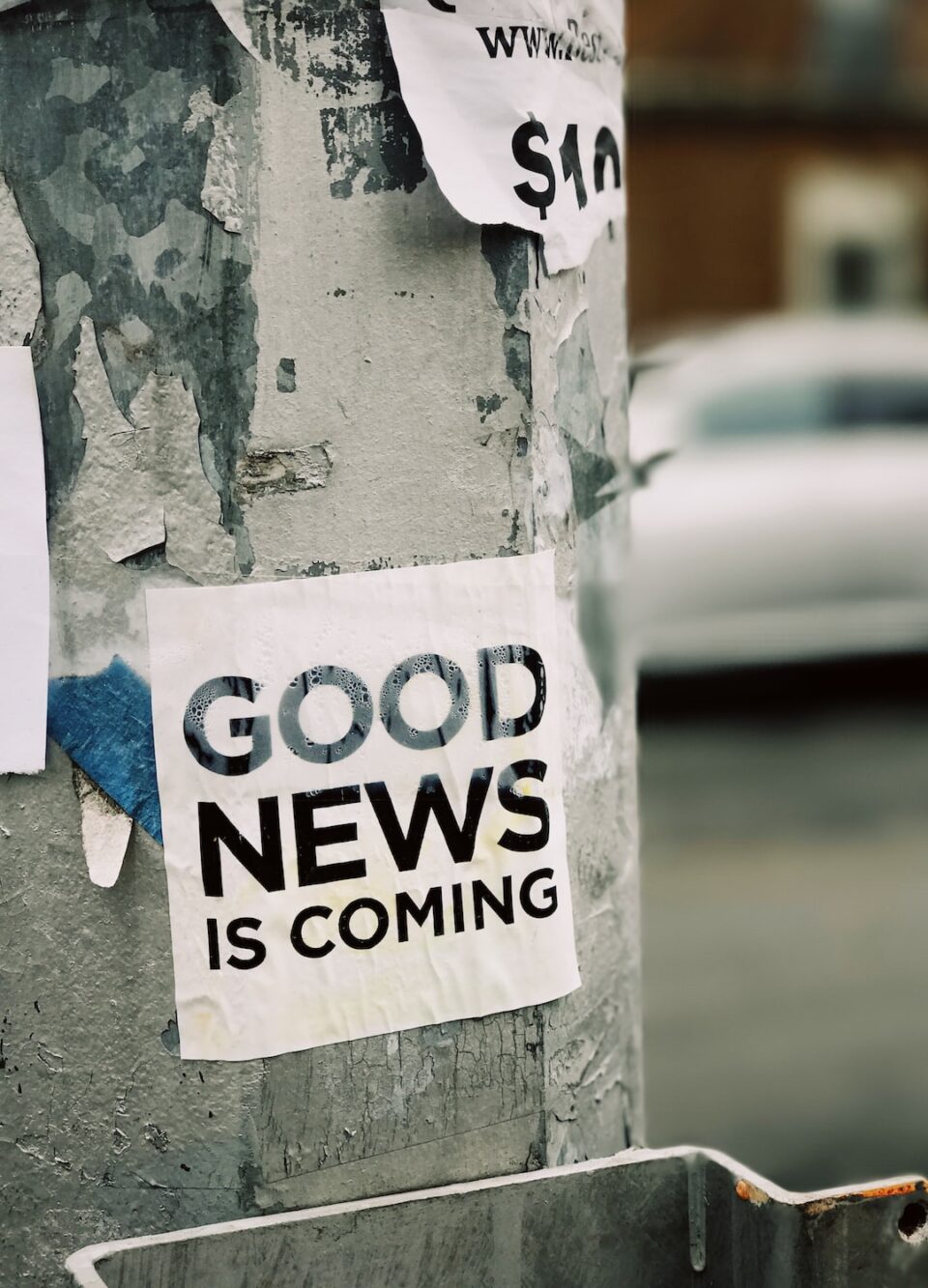Diversity and representation in media have always been important topics of discussion. In recent years, there has been significant progress in increasing the visibility of underrepresented groups in various forms of media. However, there are still challenges that need to be addressed to ensure that everyone feels represented and included. This blog post will explore both the progress made and the challenges that persist.
First and foremost, it is essential to acknowledge the progress that has been made in diversifying media. Historically, media industries have been dominated by certain groups that have actively excluded others. However, in recent years, there has been a noticeable shift towards greater representation. We see more diverse characters on our screens, more stories being told from different perspectives, and increased recognition of talented individuals from marginalized communities. This progress is not only an artistic achievement but also has significant social implications.
One area where progress has occurred is the representation of racial and ethnic diversity in media. Whether it is in film, television, or advertising, there has been a noticeable increase in the inclusion of diverse characters. This shift has allowed audiences from all backgrounds to see themselves reflected on screen, breaking down stereotypes and promoting a more inclusive society. For example, the success of movies such as “Black Panther” and “Crazy Rich Asians” has demonstrated the demand and appeal of stories that center around underrepresented communities.
Similarly, there has been progress in increasing gender diversity in media. The #MeToo movement and other feminist movements have shed light on the gender disparities in the media industry, leading to significant changes. More female directors, writers, and producers are being recognized and given opportunities in the industry, resulting in more authentic and empowering portrayals of women on screen. This increased representation not only gives women a voice but also challenges societal norms and expectations.
Furthermore, the LGBTQ+ community has also seen increased visibility and representation in media. Characters and storylines featuring LGBTQ+ individuals have gained more prominence and are being portrayed with greater depth and complexity. This increased representation allows for greater acceptance and understanding of different sexual orientations and gender identities, fostering a more inclusive and empathetic society.
Despite these positive developments, challenges still persist in achieving true diversity and representation in media. One significant challenge is the lack of diverse voices in positions of power within the industry. While there has been progress in increasing the visibility of underrepresented communities, many decisions concerning casting, storytelling, and production are still made by those from privileged backgrounds. This ongoing power imbalance often leads to misrepresentation, tokenism, and perpetuation of harmful stereotypes. It is crucial to have individuals from diverse backgrounds in decision-making roles to ensure authentic and impactful representation.
Additionally, there is a need to address the issue of representation beyond race, gender, and sexual orientation. Intersectionality, the concept that individuals hold multiple social identities that intersect and shape their experiences, needs to be better understood and represented in media. This means considering factors such as disability, age, socio-economic background, and religion when crafting diverse narratives. By doing so, we can further enrich the narratives and experiences presented in media and avoid perpetuating stereotypes.
Another challenge is the demand for diverse stories being met with resistance from some sections of the audience. There is a vocal group that resists change and argues against diverse representation, claiming that it is forced or unnatural. However, these voices are often resistant to the progress made and fail to recognize the importance of representation as a tool for social progress. Addressing these pushbacks requires ongoing education and open dialogue to help people understand the value and benefits of diverse media representation.
In conclusion, significant progress has been made in diversifying media and improving representation in recent years. Notably, racial and ethnic diversity, gender diversity, and LGBTQ+ representation have seen positive developments. However, challenges remain, including the lack of diverse voices in positions of power within the industry and the need for intersectional representation. Additionally, resistance from some sections of the audience underscores the importance of ongoing education and dialogue. By addressing these challenges and continuing to push for progress, we can create a media landscape that truly represents and embraces the diversity of our society.


